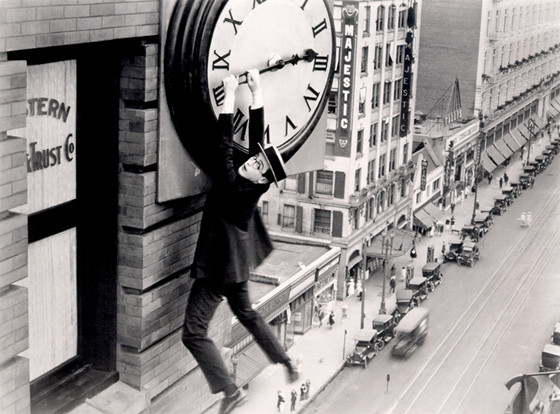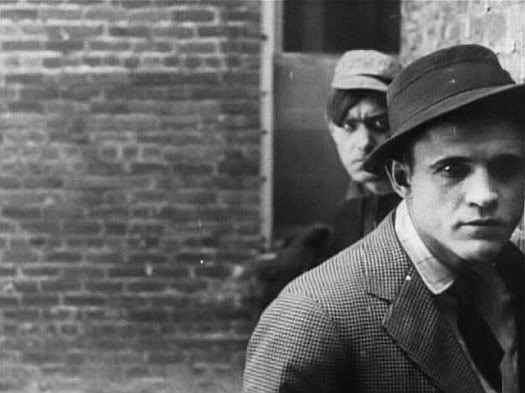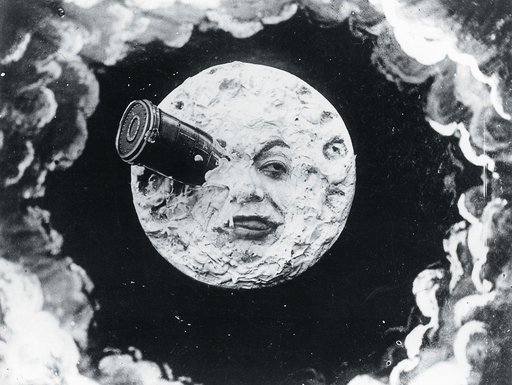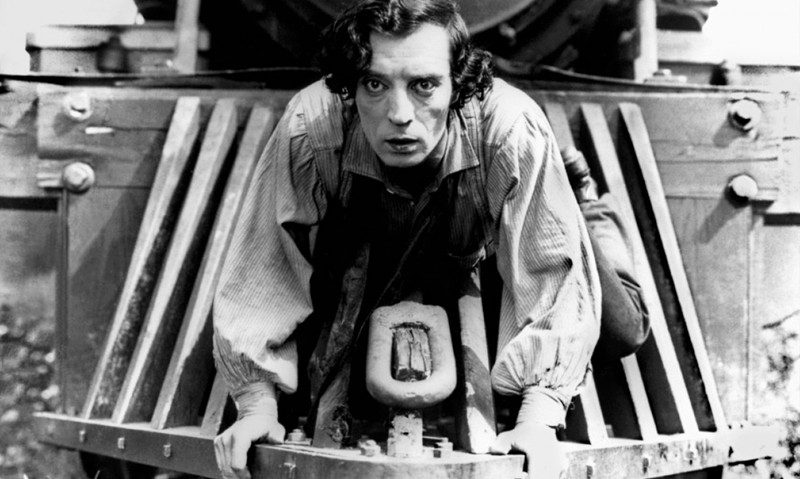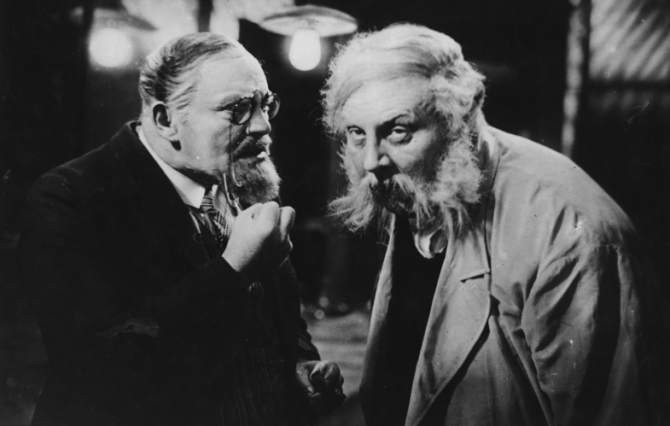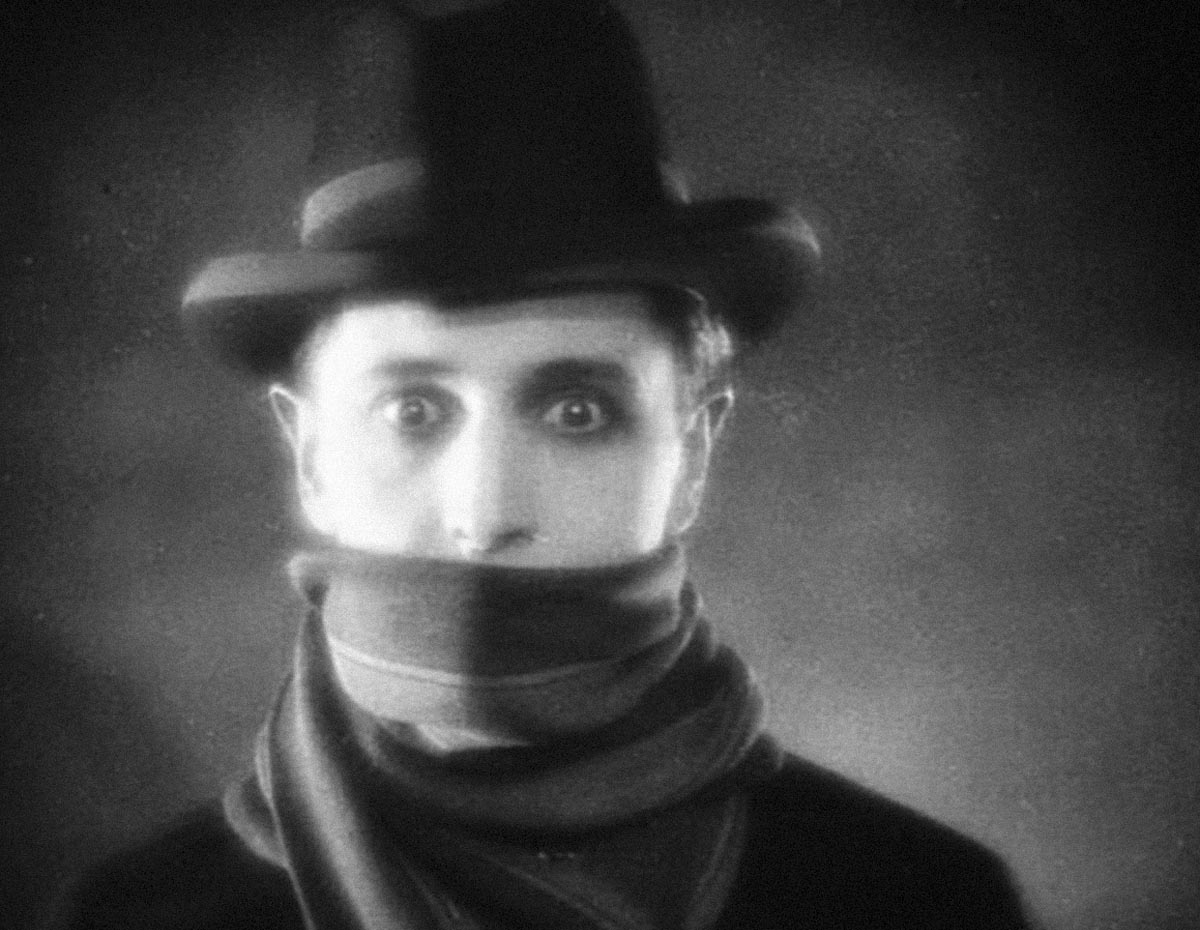In the early days of cinema, filmmakers were still finding their footing. The still camera was still a relatively new invention, let alone the motion picture camera. Understandably, a lot of people were hesitant and confused about its potential powers.
Thomas Edison, for example, never saw the artistic power it contained, and believed cinema would never be more than a two-minute diversion inside a Nickelodeon. Thankfully, filmmakers who were more artistically-minded saw these avenues of exploration, and took them.
One at a time, new techniques, ideas, and innovations came along that would shape cinema into the ubiquitous art form we know it today. Not all, of course, but many of these advancements came within the silent era, the infancy of global cinema. The dreamers making movies during that period are the pioneers, the grandfathers of today’s cinema stars. Without their revelations, today’s cinema would be unrecognizable.
20. Safety Last! (1923, Fred Newmeyer, Sam Taylor)
A staple of the American silent cinema was its comedy. All the various stars of the Vaudeville stage came to ply their performances on the silver screen, some with more success than others.
The Vaudeville stage featured character performers such as jugglers, tumblers and clowns. It should be no surprise then that slapstick dominated the comedy of the time. And given their trademark oversized and silly clothes, it’s arguable that the silent comedians were the cinematic extension of the clown.
The three biggest stars of American silent comedy were Charlie Chaplin, Buster Keaton, and in third Harold Lloyd, his most famous film being Safety Last! Each of the three had their specific costumes, Lloyd’s being his round glasses and black lipstick.
The famous clock scene from the movie, in which Lloyd hangs onto the minute hand of a clock tower for dear life, has been alluded in such films as Back to the Future, and parodied in places such as Futurama. While Safety Last! is a prime example of silent comedy, more considerable variation is seen in the works of Lloyd’s two big competitors.
19. The Musketeers of Pig Alley (1912, D.W. Griffith)
Anyone who has ever studied silent films at all has come across Griffith’s name, because of the epic features that came later in his career. However, in the early days of the silent cinema, when everyone was really only interested in shorts, Griffith began to innovate even then.
Griffith’s most important innovation in this film was his creation of a new geography. Shot at different locations in Fort Lee, NJ, Griffith’s editing allows the viewer to believe that once room is indeed adjacent to another, when they actually are not, creating a geographical layout for the film that doesn’t exist in reality.
The craft shown here by Griffith would be even further developed in his later features. Musketeers is also considered the first true gangster film, and so classics like The Godfather, Goodfellas, and Scarface may very well not exist if not for this film and the iconography and themes it established.
18. A Trip to the Moon (1902, Georges Méliès)
The earliest film on this list, it marks the first time, in France and perhaps the world, that filmmakers began injecting stories into their shorts. Prior to this, the Lumière Brothers’ films were random people doing random things, like Workers Leaving the Lumiere Factory.
The same goes for Edison’s early films, like Turkish Dance. A Trip to the Moon brought in a story, with a group of characters going someplace exotic, encountering strange creatures, and excitingly escaping. There wasn’t characterization yet—no one is named, and there are no intertitles—but there is action.
The film also gave rise to many of the conventions of the sci-fi genre. It didn’t have the polemic of the dangers of scientific exploration that later sci-fi films have had, but it’s clear to see how its images influenced later films like King Kong. The film’s effects, specifically the launching of the rocket and its landing in the ocean, are beautiful to behold.
17. The General (1926, Clyde Bruckman, Buster Keaton)
Buster Keaton, and the other silent comedians as well, began to branch out their works by the mid-1920s. While still making clear comedies, they began to bring in other influences and themes as well. The General is a perfect example of this blending of Keaton’s usual comedy style—his droopy, comedically-stoic face—with fast-paced train chases worthy of any action or Western film.
The train sequences in the film, including the climactic collapsing of a bridge as a train crosses, are truly spectacular, even by our twenty-first century standards. And Keaton’s expressionless expression matches perfectly and ironically as he clings to the train’s pilot as it heads down the tracks. This sequence, and the entire film, represents one of the earliest examples of the type of situational comedy that modern comedy films are filled with.
16. The Last Laugh (1924, FW Murnau)
In the first of his several appearances in this list is the infamous German-born Friedrich Wilhelm Murnau. Murnau was an innovative director throughout his career, always tinkering with different light filters and camera techniques. His main breakthrough in Last Laugh wasn’t the adding of a technique, but really the removal of one.
Its lack of intertitles—only a few throughout the film, none of which expressing dialogue—was revolutionary. The entire story, of a doorman losing his job and going through the pains of poverty, is told entirely through Emil Jannings’s magnificent performance and Murnau’s camera.
This technique makes the film difficult for our modern A.D.D. minds, which need constant stimuli, to watch, but if you can stretch your attention spans, the film is a joy to watch. It’s easy to see how Jannings’s pain influenced later performances, such as Lamberto Maggiorani’s in Bicycle Thieves.
15. The Lodger (1927, Alfred Hitchcock)
Every legend has its beginning. The legend of Alfred Hitchcock, the Master of Suspense, begins here, with the silent classic The Lodger. A lot of the techniques that Hitch later used to create suspense, such as the revealing of information to the audience that a character is not yet privy to, began here with this film about a serial killer stalking women under the cover of London’s foggy nights.
Hitchcock’s penchant for exciting credits (and in the silent case, intertitles), comes out here. Many of the intertitles are excerpts from the local paper about the killings (perhaps an influence on Orson Welles and his use of newsprint), and also feature harsh geometries, like ominous triangles appearing alongside the flashing headlines. Long before harsh violins and spiraling bell towers, Hitchcock was toying with our nerves.

